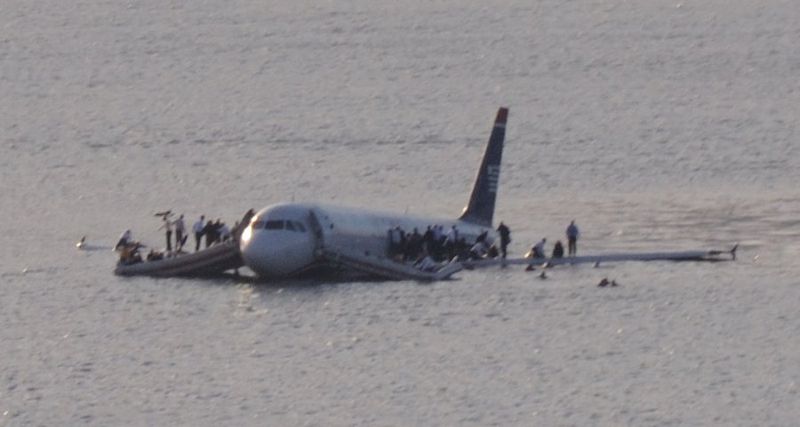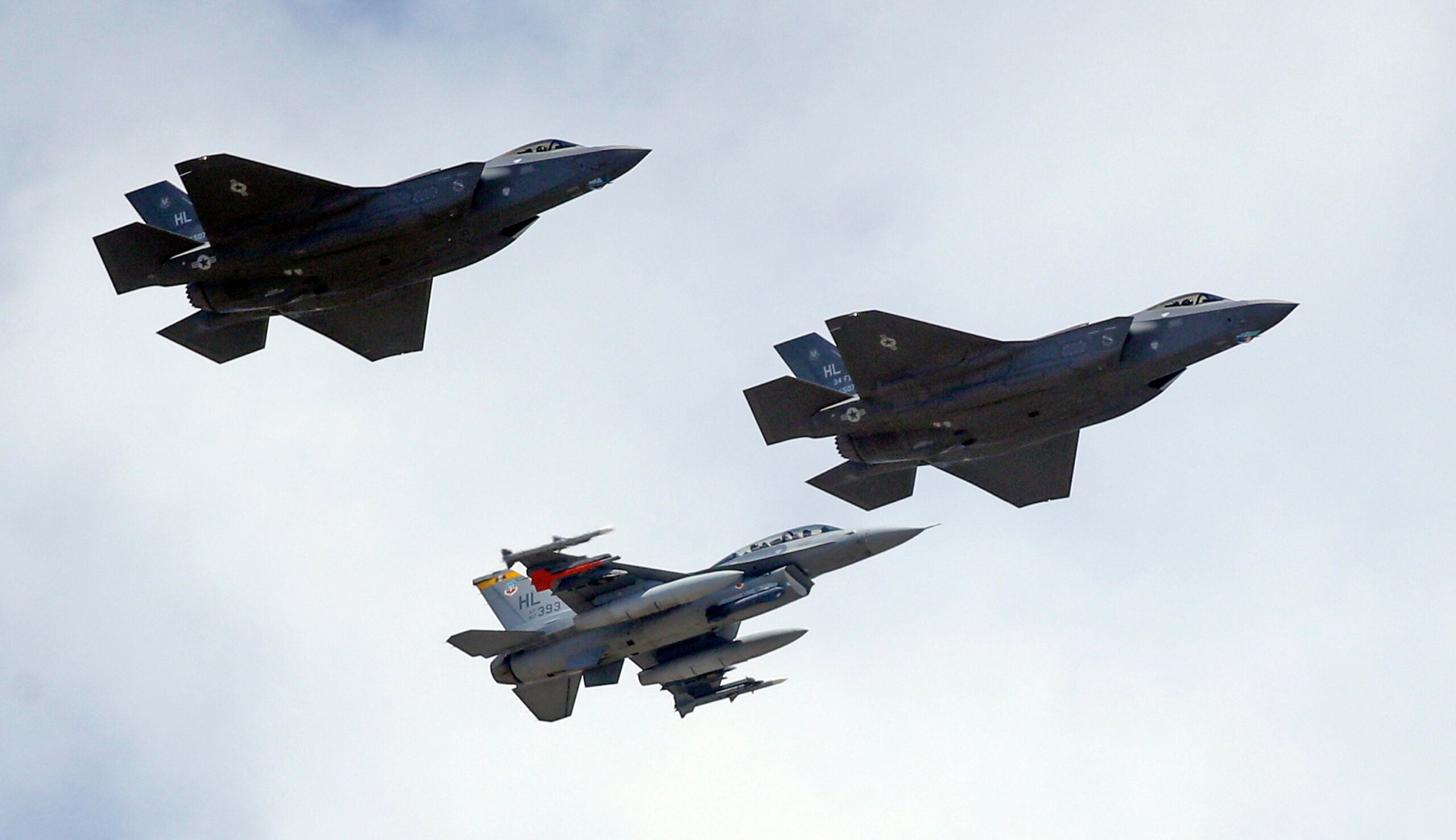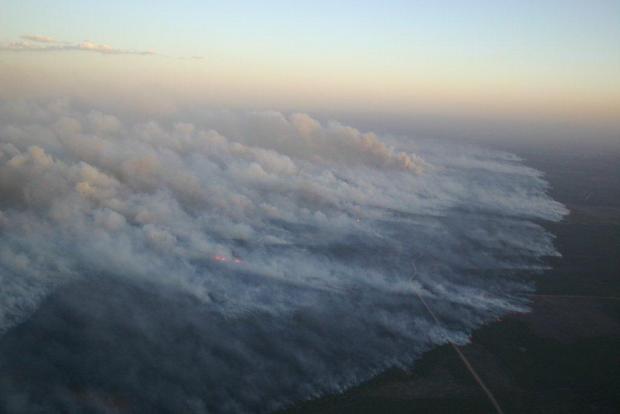It’s been five years since a Wisconsin native helped land the “Miracle on the Hudson.”
Wednesday marks the fifth anniversary of the so-called “Miracle on the Hudson,” when a U.S. Airways jet made an emergency landing in New York City. One of the men in the cockpit that day was Wisconsin’s Jeff Skiles.
Skiles was the co-pilot that day in 2009 when he and Capt. Chesley “Sully” Sullenberger had to make the emergency landing on the Hudson River neary Manhattan. Skiles describes the incident as a “bird ingestion”: Basically, the plane ran into a flock of geese.
Stay informed on the latest news
Sign up for WPR’s email newsletter.
Skiles is a Wisconsin native and is now on a leave of absence from the airline.
“We were only in the air for about two minutes, and then that’s when we ran into the geese — and then it was three minutes and 40 seconds until we landed in the Hudson River,” said Skiles. “So, a six-minute timespan was more than enough to take us from takeoff to landing in the river.”
Skiles said he’s often asked if time slowed down or sped up as he and Sullenberger handled the situation.
“People asked me that, did it seem fast? Did it seem slow? Seemed like six minutes,” he said.
None of the 150 passengers were injured, though they had to wait on the wings of the plane to be rescued.
Skiles is now a vice president at the Experimental Aircraft Association in Oshkosh. He’ll be re-living the so called “Miracle on the Hudson” at a talk on Thursday.
“What happened in the cockpit, the story that probably most people have never heard,” he said.
Skiles said the emergency landing was handled manually, not by automation. He also said commercial airline crews are trained to handle unexpected landings as a team, not by “top-down” orders given by the pilot.
Wisconsin Public Radio, © Copyright 2024, Board of Regents of the University of Wisconsin System and Wisconsin Educational Communications Board.




